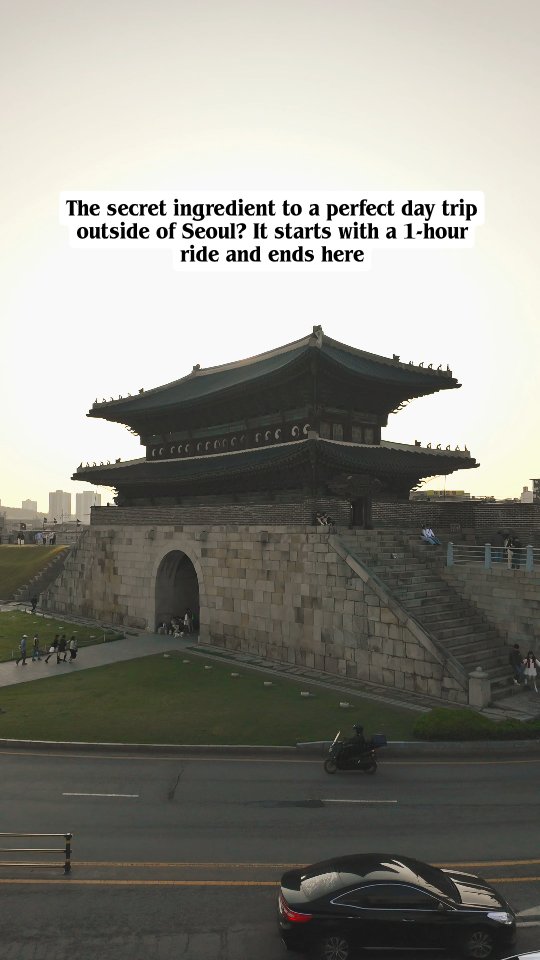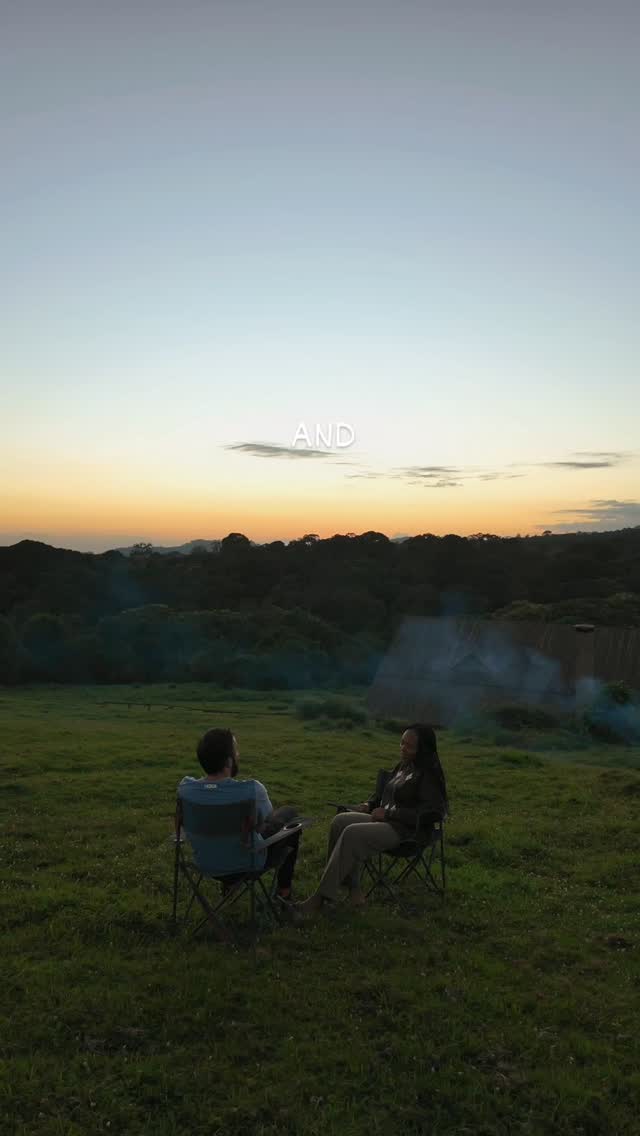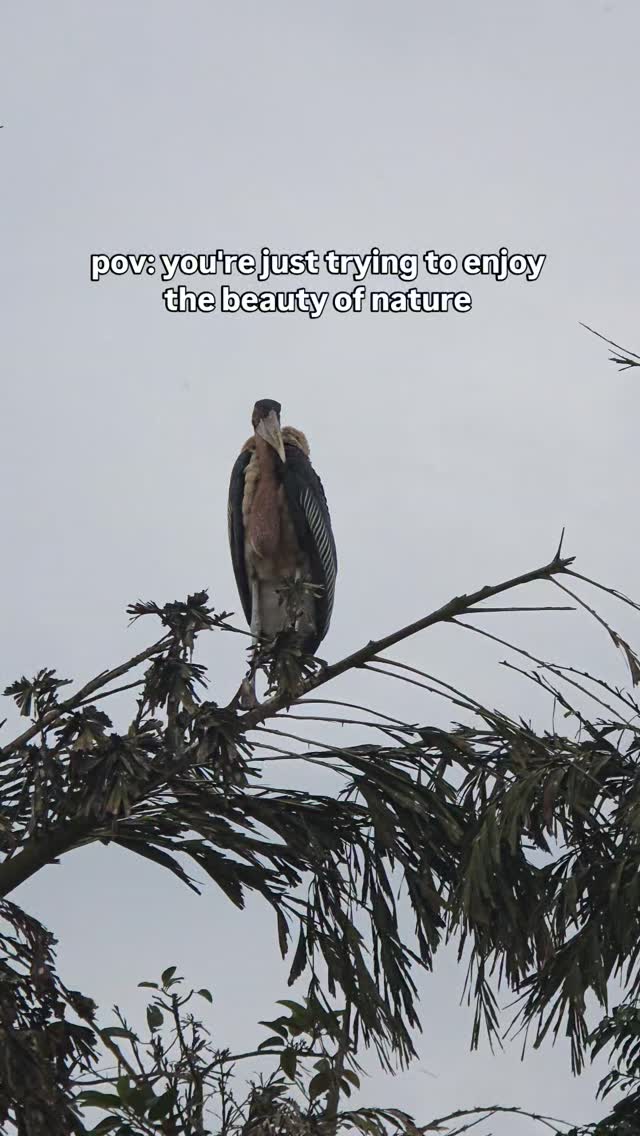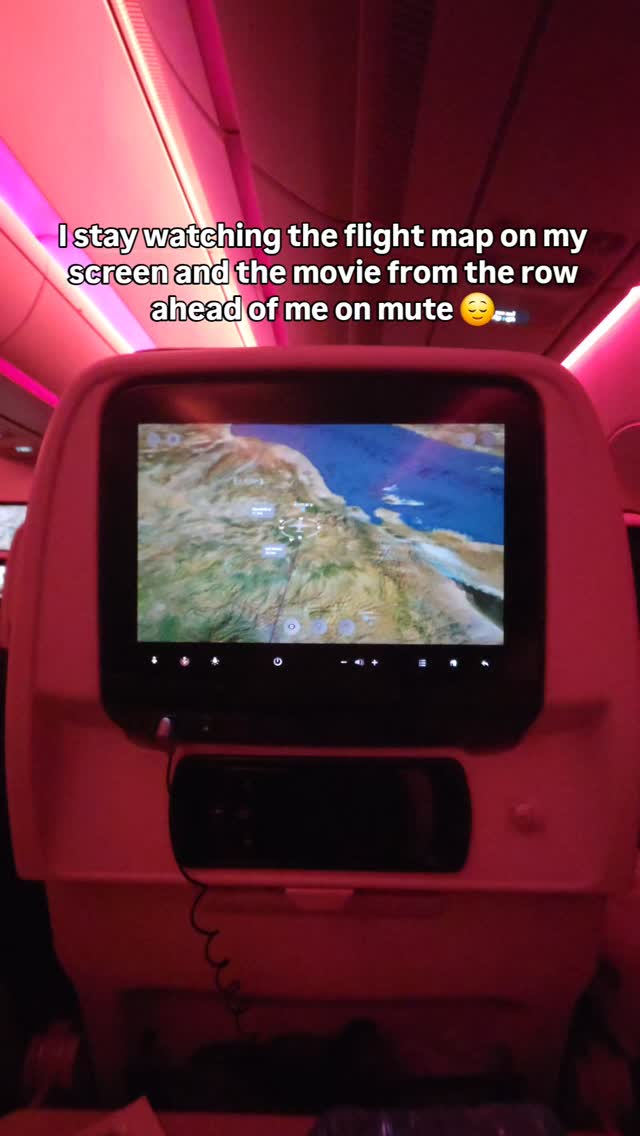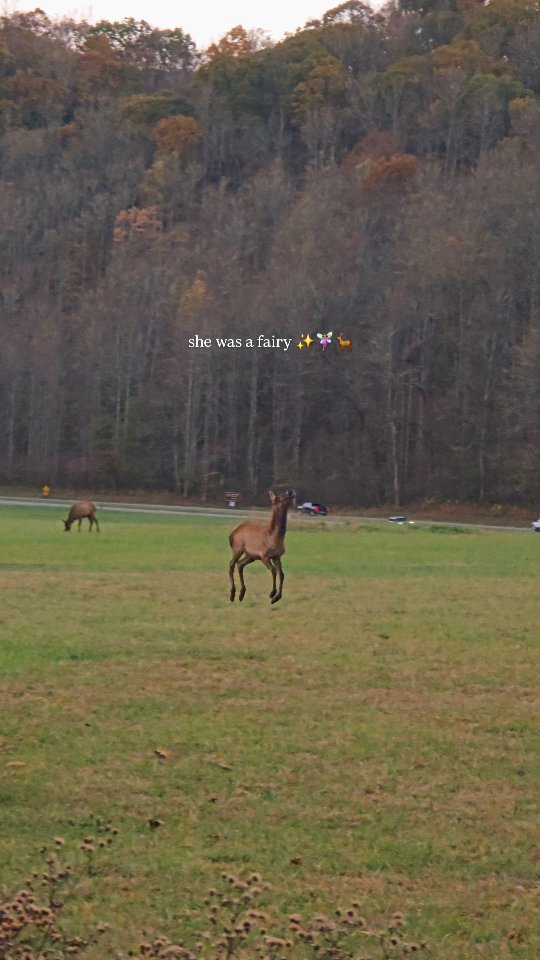The Kumano Kodo is more than just a hiking trail. It’s a pilgrimage route that has been walked for over 1,000 years, going through the mountainous Kii Peninsula in Japan. Unlike some of Japan’s more crowded tourist spots, the Kumano Kodo offers a chance to experience a part of the country in relative solitude, surrounded by ancient forests, shrines, and traditional villages.


An Introduction to the Kumano Kodo Trail
The Kumano Kodo is a network of ancient pilgrimage routes that all lead to the three Grand Shrines – Kumano Hongu Taisha, Kumano Nachi Taisha, and Kumano Hayatama Taisha. These sacred trails have welcomed travellers for centuries, from emperors to everyday pilgrims. And on one beautiful spring day, they welcomed a new trio of hikers from Nigeria and the US.


The full pilgrimage network is extensive, with routes starting from Kyoto, Osaka, and Mount Koya. However, these days, most hikers focus on the Nakahechi Route, which is the most popular and accessible section. This route runs from Kii-Tanabe to the three Grand Shrines and can be completed in 3-6 days, depending on your pace and chosen sections.

If you know anything about Mark from this blog, you already know he would have preferred to hike the entire trail route. We eventually settled on a compromise to start in Yunomine Onsen and continue to Kumano Nachi Taisha via Koguchi, where we planned to finish.
The universe had other plans, though. Because of the long wait for my visa and the timing of our trip, accommodation in Koguchi kept slipping out of reach. We finally managed to book a hotel after calling every option we could find, but when we called again to confirm, a different staff member told us they had no record of our reservation.


We put it down to miscommunication and the language barrier. I had also booked a campsite along the Kumano-gawa river and was genuinely excited to stay there, but the trail leading to the site was closed. That meant this section of the hike was off the table, too.
First Stop on Our Kumano Kodo Trail Hike
In the end, here is what worked – we stayed in Yunomine Onsen for two nights and did a beautiful loop via the Agaki goe route to Kumano Hongu Taisha, then back to Yunomine Onsen through the Dainichi-goe Trail. It turned out to be incredibly rewarding.



Getting to Yunomine Onsen from Nagoya
Our journey to the Kumano Kodo began in Nagoya, where we spent two “rest days” before hitting the trails. Nagoya doesn’t see nearly as many foreign visitors as other major Japanese cities, so our time here was joyfully relaxing. The two days we spent were filled with lots of leisurely walks, cherry blossom viewing and good food.
This was the first place we caught the cherry blossoms in full bloom. Hanami picnics were happening everywhere, with families and friends gathered under the sakura trees, and it was magical to witness.


From Nagoya, we took a combination of trains and two buses to get to Yunomine Onsen. My favourite memory from that journey was waking up from a nap just as we were pulling out of a station to see a group of Japanese men and women in traditional kimonos, bowing and waving goodbye to the train.
It was such an unexpected, beautiful moment. I wish I’d been awake when we pulled in to see the full scene, but I’m glad I caught the farewell at least. I didn’t get a photo, but that image is etched in my memory.

We arrived at our hostel in Yunomine Onsen by late afternoon, checked in, and immediately set out to explore the village and find dinner. Yunomine Onsen is one of Japan’s oldest hot spring villages, and the moment we arrived, it felt like stepping back in time.


The village is tiny, tucked into a narrow valley with steam rising from natural hot springs along the river. It’s wonderfully atmospheric, especially in the early morning when sulfur mist hangs low over the water and everything feels quiet and otherworldly.
Where to Stay in Yunomine Onsen
Because of (my) visa constraints, which meant that I couldn’t book places far in advance, we couldn’t secure a private room anywhere in town, so we ended up in the mixed dormitory at J-Hoppers Kumano Yunomine Onsen Guesthouse. And honestly? For $25 a night in Japan, with a location right near the bus station and trailhead, plus access to private onsen baths, I had zero complaints.



The guesthouse was clean, the staff were helpful, and after a long day of hiking, having those private onsen available was perfect. I enjoyed my stay, and from what I could tell, Mark and Andrew did too.
In the evenings, we ate at the guesthouse cooperative restaurant. When we visited, it was the only place open in the village, so service was a bit slow. But honestly, after a long day of travel or hiking, having a warm, hearty meal was all that mattered. We weren’t rushing anywhere anyway.


Now for the best part – the hikes! Our first leg on the Kumano Kodo was the trek to Kumano Hongu Taisha, one of the three Grand Shrines. We started this hike via the Akagi-goe trail route, setting out early in the morning while the air was still cool and the forest quiet.
Hiking the Hongu Loop via Akagi-goe and Dainichi-goe
The trail was well-maintained and clearly marked, which was reassuring given that we were essentially walking through remote mountain forest alone.



There were a few steep sections, but overall, I found this hike relatively easy. The trail is dotted with oji and small wayside shrines where pilgrims have stopped to pray for centuries. Some were just simple stone markers, while others were tiny structures tucked among the trees, almost hidden if you weren’t paying attention.


After several hours of hiking, we joined the main Nakahechi route and started seeing more people on the trail. The solitude of the early morning was fading, but the atmosphere was still very pleasant and enjoyable.

Later on, we began our descent toward Hongu. The forest opened up here and there, offering glimpses of the surrounding mountains and valleys stretching out below.
Our First Glimpse of the Oyunohara Torii Gate
Then, through the trees, we caught our first sight of the massive Oyunohara Torii Gate, the largest in all of Japan, which stands in what was once the original site of Kumano Hongu Taisha, before the shrine was relocated to higher ground after being partially destroyed by floods.


Even from a distance, it was striking. After taking it in for a moment, we made our way to Kumano Hongu Taisha. The shrine complex felt grand and timeless, its iconic buildings framed by ancient forests and centuries-old trees.
Visiting Kumano Hongu Taisha
When we arrived, it was quite busy with devotees and visitors. We found a spot to sit and just watched people for a while, soaking in the atmosphere. Eventually, the crowds thinned out, and the grounds became peaceful and quiet again.



We lingered a bit longer before heading out to see the Oyunohara Torii Gate up close. By then, the hunger kicked in, and I was definitely starting to fade. We figured it was smarter to grab lunch first, then decide whether to ride the bus back to Yunomine Onsen or finish the loop on foot.
A Quick Lunch Stop
It was almost 3 pm at this point, so most places were already closing for the day. We managed to convince one restaurant to take our order just before closing. We were their final customers of the day, and the three bowls of udon they served us were unbelievably good.

Visiting the Oyunohara Torii Gate
With our energy back, we decided to walk the trail back to town, but not before stopping to see the torii gate. Surrounded by cherry blossom blooms, it was even more beautiful in person. I had looked at so many photos while planning this part of the trip, yet nothing compared to standing there myself. I remember walking beneath the torii into the park and feeling completely wrapped in soft pink everywhere I turned.


It felt surreal and easily became one of my favourite moments of the trip. We continued our walk back, pausing now and then just to soak in the scenery. The trail eventually led us up through Danichi-goe, which turned out to be a steep climb. As the light faded and darkness fell, my mind did what it does best and jumped straight to worrying about bears in the mountains, which definitely sped up my pace. I don’t think I’ve ever hiked that fast.
Thankfully, all ended well. We made it back to town, headed straight for the onsen and wrapped up the night planning our route for the next day.

Since we couldn’t find accommodation in Koguchi, Mark and Andrew decided to take the bus there and then hike the last section (Ogumotori-goe) to get to Kumano Nachi Taisha. The forecast predicted possible freezing conditions, and after the long day we had just done, I knew where my limit was. The ten-hour hike (with stops) I had completed felt like enough for me, so I happily chose the bus to get to Kii-Katsuura.
Splitting Paths: Continuing to Nachi
At 8:15 a.m., when I arrived at the bus stop for the 8:31 bus, I thought I was early, but a line had already formed. I was lucky to snag a seat on the packed ride.

A few hours later, I arrived in Kii-Katsuura and hopped onto the free shuttle that took me to our home for the next two nights, the strange but surprisingly fun Hotel Urashima. Mark and Andrew made it in later that evening and met me there.

Where to Stay near Nachi Falls and Kumano Nachi Taisha
Accommodation around the mountaintop sanctuary in Nachisan is limited, so the best alternative is to stay in Nachikatsuura (Kii-Katsuura), a coastal town famous for its massive tuna fishing port and onsens. It’s only about twenty minutes away and has frequent bus connections, making it an easy and convenient base.


Hotel Urashima felt like stepping into a retro world that was equal parts bizarre and oddly charming. The place is massive, with long tunnels, random escalators and little corners that made me feel like I was exploring an abandoned theme park that someone forgot to turn off.
But once you reach the cave onsen and the sunrise viewpoint, the entire mood turns into something close to magic. Sitting in a hot spring carved into the rock while waves crashed against the cliffs below and watching the sunrise was unforgettable. It was strange, fun and completely unlike anywhere else we stayed on this trip.


The next morning, while Andrew went to visit the last of the three grand shrines, Kumano Hayatama Taisha, Mark accompanied me to visit Kumano Nachi Taisha and see the famous pagoda belonging to the Buddhist Temple located right beside the grand shrine.
Visiting Kumano Nachi Taisha
We took the bus, climbed a short set of steps and reached the main shrine. The morning was clear and crisp, the weather was perfect, and the cherry blossoms were still in full bloom. We wandered through the shrine grounds and Seiganto ji Temple for a while, both of which were impressive in their own quiet way, before heading toward the pagoda.

We saw the breathtaking 133-meter cascade from several vantage points, perfectly framed by the vermillion pagoda of Seiganto-ji Temple. Just like the Chureito Pagoda in Kawaguchiko, this spot felt like it captured the spirit of Japan with its cherry blossoms, beautiful architecture, deep traditions and incredible natural scenery.
As you can probably guess, we took countless photos and videos while we were here! The pagoda, the falls, and the surrounding forest create one of Japan’s most photographed scenes, and for good reason.

After exploring the shrine complex and pagoda, we followed a short path lined with centuries-old trees that led us to a viewing platform right by the falls. And with that, our journey on the Kumano Kodo came to an end. Between the draw of the Nachi Fire Festival and the chance to complete the sections we missed, I would jump at any opportunity to return to this part of Japan.
Final Thoughts on the Kumano Kodo
Walking the Kumano Kodo, even just a small section of it, was one of the highlights of our time in Japan. It was a chance to slow down, connect with nature, and experience the country’s spiritual heart. The combination of natural beauty, spiritual significance, and physical challenge creates an experience that stays with you long after you’ve left.


Have you hiked the Kumano Kodo or are you planning to? I’d love to hear about your experience or help with any questions you may have about planning your trip!

